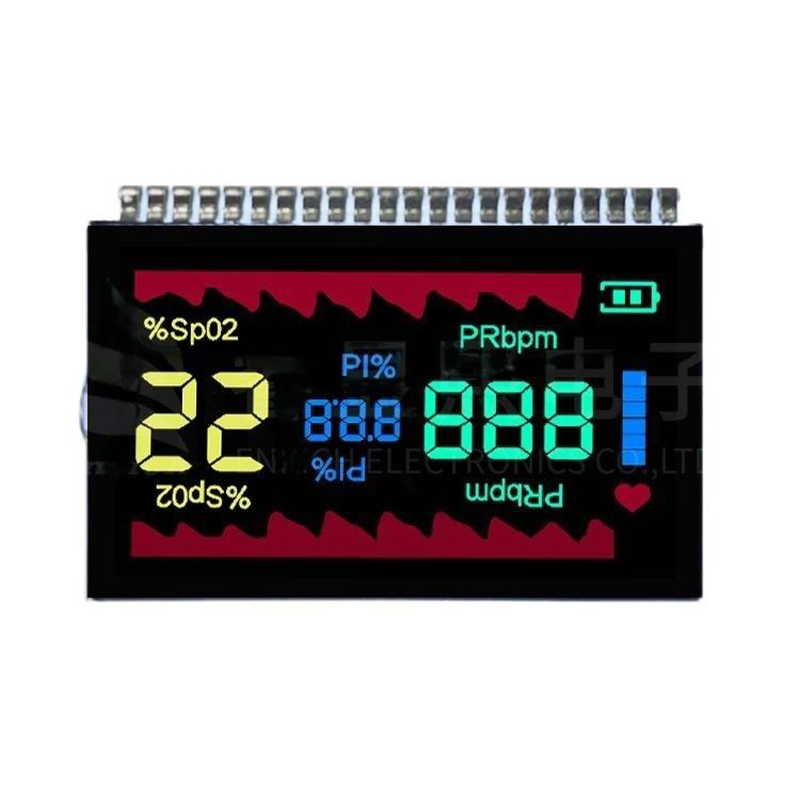
This guide provides an in-depth look at the best transparent TFT displays available, covering key features, applications, and considerations for choosing the right display for your needs. We'll explore different technologies, resolutions, and sizes, helping you make an informed decision. Learn about the advantages and disadvantages of each type and discover which option is best suited for your specific project.
A transparent TFT display uses thin-film transistor technology to create a display that allows light to pass through while simultaneously displaying images. Unlike traditional LCDs, these displays utilize a unique construction that enables transparency. The level of transparency can vary depending on the specific technology and design, ranging from partially transparent to almost completely clear.
When selecting a transparent TFT display, several key features need careful consideration. These include:
a-Si TFT technology is a relatively mature and cost-effective solution for transparent TFT displays. However, it often exhibits limitations in terms of resolution and response time compared to other technologies. These displays are well-suited for applications where high resolution isn't critical.
Poly-Si TFT displays offer superior performance compared to a-Si, boasting higher resolution, faster response times, and improved contrast. This makes them suitable for applications demanding higher image quality and faster refresh rates. However, they tend to be more expensive.
Oxide TFT technology is emerging as a leading contender, offering excellent performance characteristics while maintaining good transparency. It frequently shows improvements in mobility and provides a pathway for larger, higher-resolution displays. The technology is becoming increasingly cost-competitive.
Transparent TFT displays find widespread use in retail settings, such as interactive shop windows, showcasing products and providing information in a visually engaging way. They also see applications in museums and galleries for interactive exhibits.
The automotive industry is embracing transparent TFT displays for heads-up displays (HUDs), providing crucial driving information directly within the driver's line of sight, without obscuring their view of the road.
Architects and designers use transparent TFT displays to create innovative and interactive installations, incorporating them into building facades or interior spaces for dynamic visual effects.
In the medical field, transparent TFT displays can be integrated into surgical equipment or medical devices, offering real-time information to surgeons or healthcare professionals without obstructing their work.
Selecting the optimal transparent TFT display hinges on your specific application requirements. Factors such as budget, desired resolution, transparency level, and size are crucial in making the right choice. For instance, a high-resolution display might be essential for a medical application, while cost-effectiveness might be prioritized for a large-scale retail installation.
Several reputable companies specialize in manufacturing high-quality transparent TFT displays. Researching and comparing different manufacturers to find one that aligns with your needs and budget is vital. You can find a wide selection of displays from various manufacturers online. One such manufacturer is Dalian Eastern Display Co., Ltd., a reputable source for high-quality displays.
| Feature | a-Si TFT | Poly-Si TFT | Oxide TFT |
|---|---|---|---|
| Cost | Low | Medium | Medium-High |
| Resolution | Lower | Higher | Highest |
| Response Time | Slower | Faster | Fastest |
Remember to carefully consider all aspects before making a purchase. This guide provides a foundation for understanding the nuances of transparent TFT displays, empowering you to make an informed decision.












